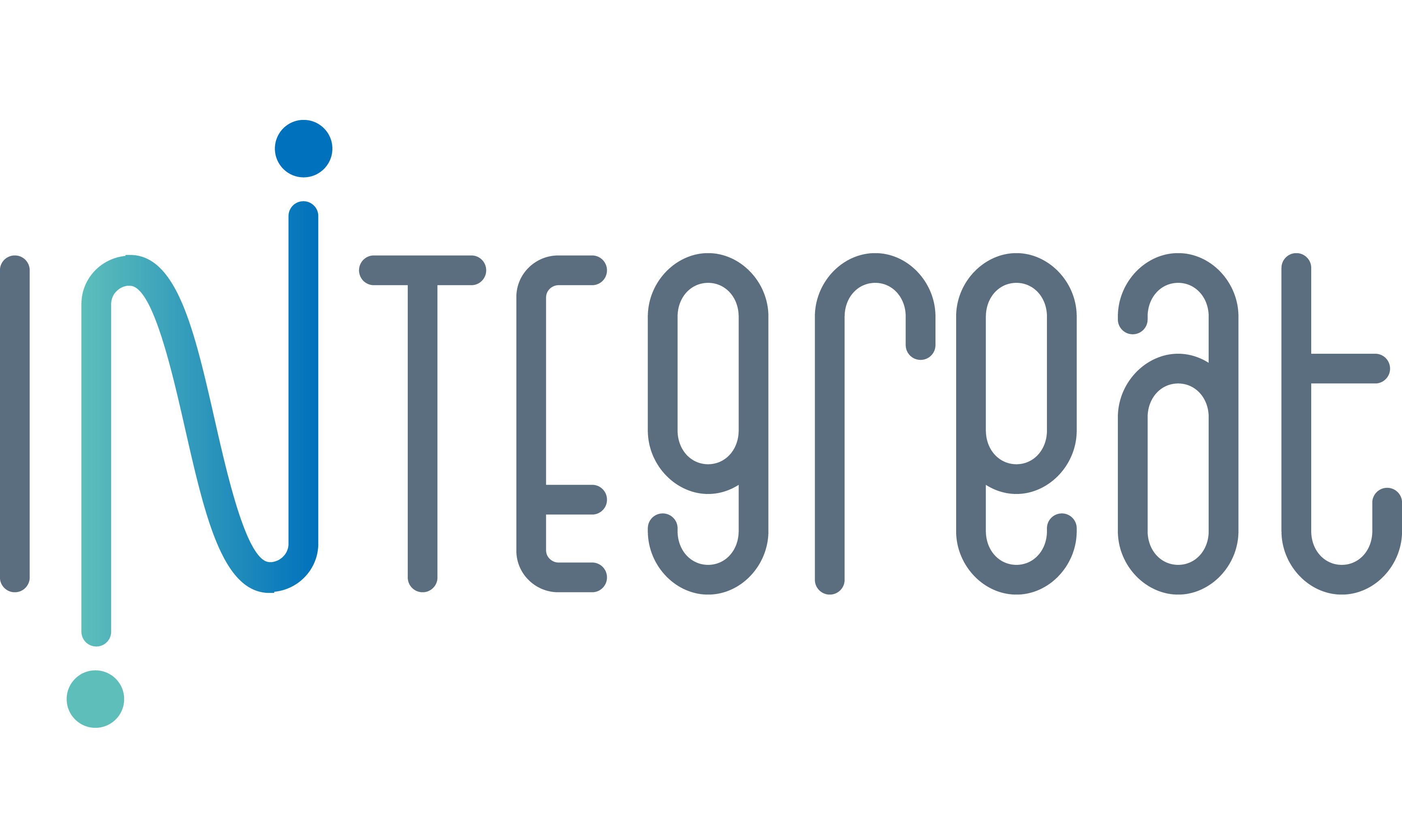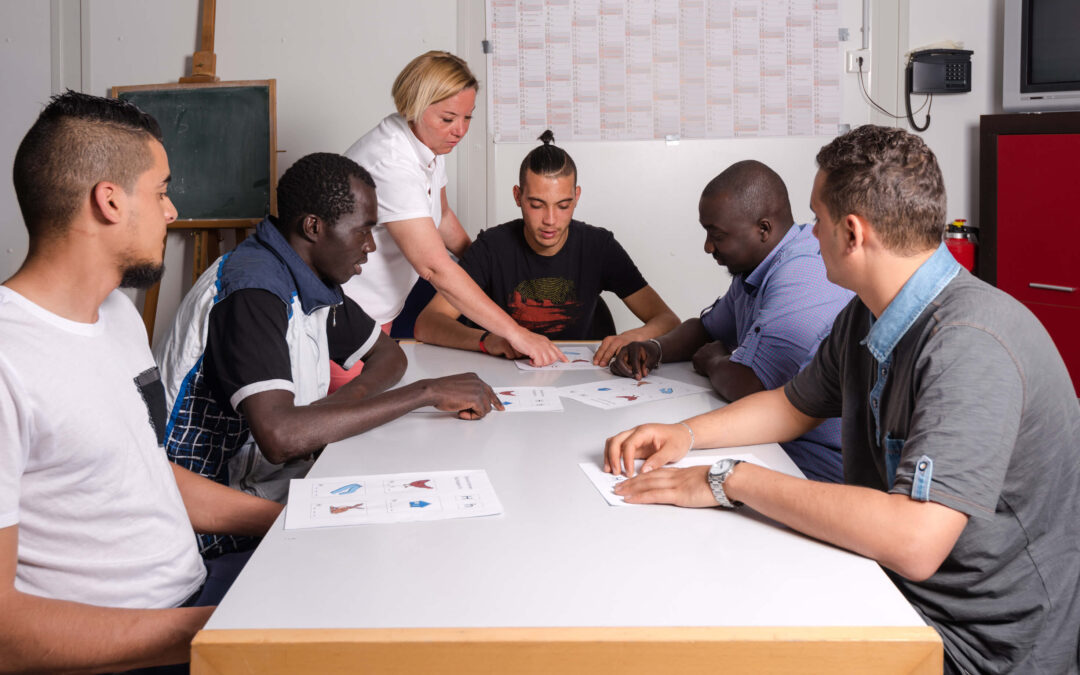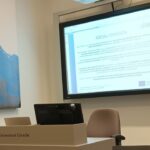Written by Emanuela Dal Zotto – University of Bologna
To reach the general objective of developing a novel Integration Strategy Framework (ISF) to foster the social inclusion of adult TCNs, in particular asylum seekers, refugees and migrants with subsidiary protection (women, men, families and LGBTQIA+) at urban level through cross-sector stakeholders partnerships, INTEgreat started first of all from an analysis of the existing knowledge, policies, and practices related to integration in the 5 partner countries and specific local urban contexts of the project: Spain, Italy, Ireland, Greece, and Cyprus.
Each partner authored a national report focusing especially on the dimensions of Healthcare, Employment, Capacity-Building & Training, and Social Cohesion, referring to newly arrived (from 2015) asylum seekers and protection, including people in conditions of vulnerability and at greater risk of social exclusion. The aim of these reports was to offer an overview of the current state of integration in the countries that are part of the INTEgreat consortium. The combination of the data collected by each partner allowed us to observe similarities and differences in these countries with regard to integration policies and their implementation.
What are the main features of European integration policies?
The first aspect considered by the national reports is the acceptance by individual countries of the European Action Plan for Integration and Inclusion (EAP). What we observed is that all the countries involved in the INTEgreat project have an updated national plan for the integration of migrants. They devote particular attention to socio-economic inclusion, the awareness-raising of both migrants and host communities, the protection of the most vulnerable groups and the need for coordination between the various actors that make up the integration landscape. The fight against discrimination gained attention in some partner countries, which developed specific plans for this purpose (Spain in 2011, Italy and Greece in 2015). Some plans include a broader overall target referring to migrants or TCNs (Third Country Nationals), while others are limited to applicants and/or holders of protection.
We can say that there is a strong symmetry between the European Action Plan for Integration and Inclusion and the plans for integration produced at the national level. The dimensions considered fundamental for the integration by the EAP and at the heart of the INTEgreat project (education, training, work, access to health and social cohesion) are recalled by all the plans of countries involved in the project. These issues emerge especially in relation to vulnerable groups, together with the suggestion to adopt an intercultural approach for implementing services that necessarily involve specific staff training.
A second element highlighted by the country reports is that all the countries participating in the INTEgreat project approach migrants’ reception and integration following a multi-actors and multi-level governance model. Moreover, the multilevel governance develops both horizontal and vertical levels, in which the local dimension is not simply entrusted with translating national policies into local practices; rather, it often has both decision-making autonomy in its own area of relevance and the possibility of contributing to the definitions of national policies.
The country reports confirm that is at the local level, where reception takes place and migrants and local communities meet, that integration policies become services and practices. It is therefore not surprising that local authorities play a key role in all the countries involved in the project, not only implementing policies, but actively contributing to their making.
Local authorities act in support (and with the support) of civil society organizations, who are the main providers of integration services and promoters of social cohesion. In particular, they contribute to the identification of needs of migrants and communities for the co-design of more effective integration policies through direct knowledge of the individual contexts and direct exchange with the beneficiaries who, however, still appear mainly as beneficiaries rather than as co-actors in the formulation of policies and services targeted to them.
What are the contradictions and limitations of these policies?
The role of people with a migration background, almost exclusively end-users of the integration measures, seems to contradict the approach to integration adopted by the consortium countries, which is presented as two-ways. Again, this approach is referred to as holistic. Integration is not understood as reachable at different levels in the different dimensions considered, but as the result of a “general” integration that allows a complete access to services in all dimensions and in feelings like welcoming and belonging. The reports highlight that the obstacles faced by migrants in accessing the various services, even before being specific to each dimension, are transversal to all four areas. They are mainly linked to linguistic and bureaucratic difficulties, to the lack of information, social networks and material resources of migrants in particular (see infographic).
Another element that emerges from the various reports is the role of public discourse. With the exception of Ireland, where the debate on the integration of migrant people does not seem to be a priority of the political agenda, in the other countries involved in the INTEgreat project public discourse appears to move around two opposite directions: “solidarity and openness” and “selfishness and closing “. In recent years, in particular in Greece and Italy where a high number of asylum seekers arrive from the Mediterranean routes, the feeling of solidarity aroused by forced migration goes hand in hand with selfish attitudes, which are mostly due to the high unemployment rate in the two countries and low welfare provision following the 2008’s economic crisis first and then the pandemic.
The greater propensity towards one or the other pole follows, in these countries, the governments turnover, confirming migration as one of the most relevant and at the same time divisive issues in the political arena. The main tendencies in migration public policies in the partner countries are significantly affected by the position on the issue of immigration by the parties that compose the governments in power.
In concrete terms, this results for some partner countries in having highly restrictive policies or vice versa in a positive wave of policies and measures that foster reception and integration. In each partner country, a greater attention is paid to migrants who arrived in Europe from 2015 onwards as opposed to migrants who have been there for some time or for reasons considered “voluntary”. National and local public discourse are tied to a lack of awareness of the dynamic of migration, as well as to discriminatory attitudes, that hinder integration paths. Another element that certainly must be the object of attention in the analysis for the development of the INTEgreat project.




